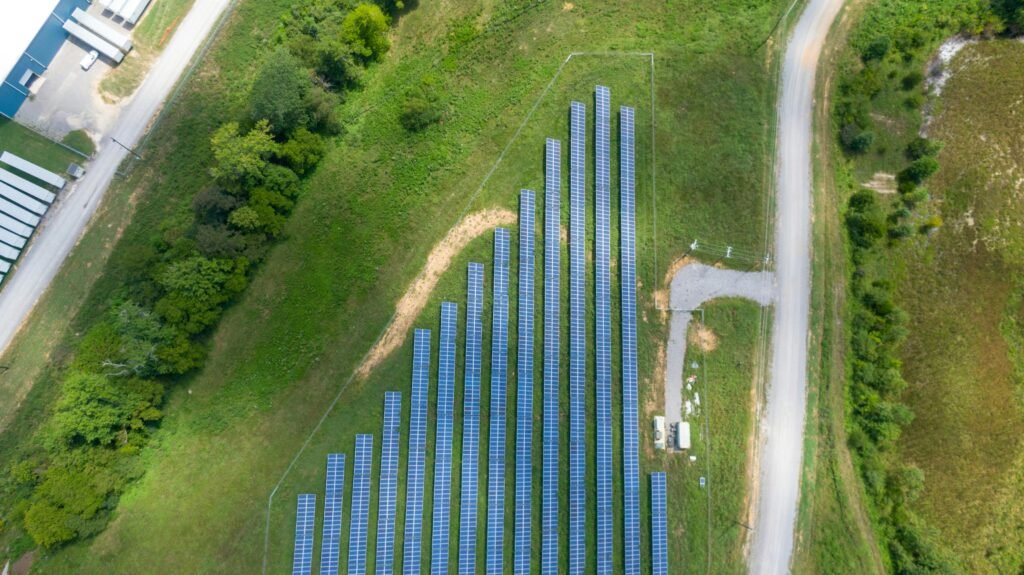Generative AI is one of the most exciting advancements in artificial intelligence today. Unlike traditional AI, which focuses on analyzing data or making predictions, generative AI is capable of creating entirely new content. This includes text, images, music, videos, 3D designs, and even computer code. It has the potential to transform industries ranging from entertainment and marketing to healthcare and software development.
In this article, we’ll break down what generative AI is, how it works, real-world examples, and its potential benefits and challenges.
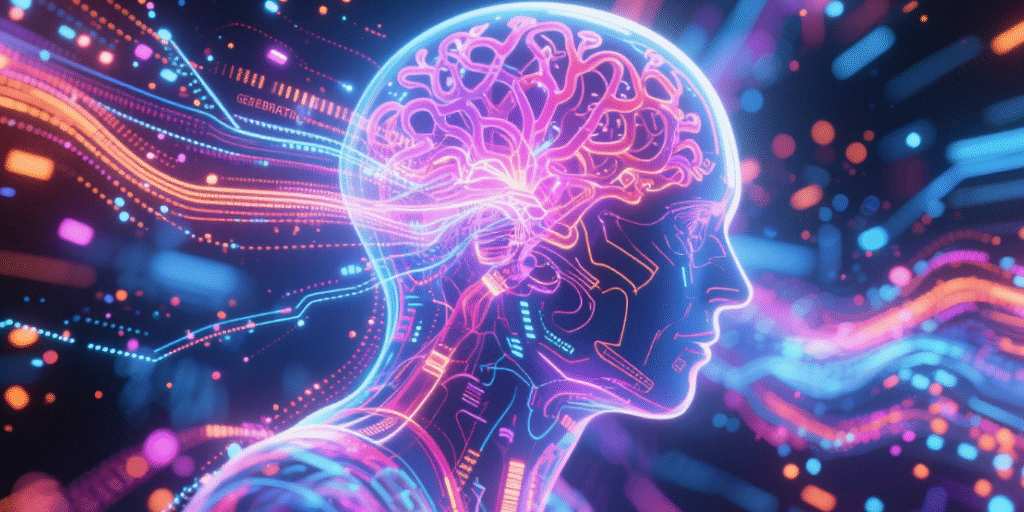
Understanding Generative AI
Generative AI refers to AI systems designed to produce original outputs based on patterns learned from large datasets. Using advanced machine learning models — most commonly deep learning neural networks — these systems can generate new material that is creative, realistic, and contextually relevant.
For example, a generative AI trained on millions of images can create new, high-quality images that look like they were made by a professional artist. Similarly, a generative AI trained on text can write stories, articles, or code that reads as if it were written by a human.
How Does Generative AI Work?
Most generative AI models use a type of deep learning architecture called a generative model. Popular frameworks include Generative Adversarial Networks (GANs) and transformer-based models such as GPT (Generative Pre-trained Transformer).
Here’s a simple breakdown:
- Training Phase – The AI is fed large amounts of data (such as books, images, or music) to learn patterns, styles, and relationships between elements.
- Generation Phase – Once trained, the AI uses what it has learned to create new outputs. This could be a realistic photo, a paragraph of text, a piece of music, or a new design.
- Refinement – In many cases, generative AI can improve its own outputs through feedback loops, making the results more accurate and relevant over time.
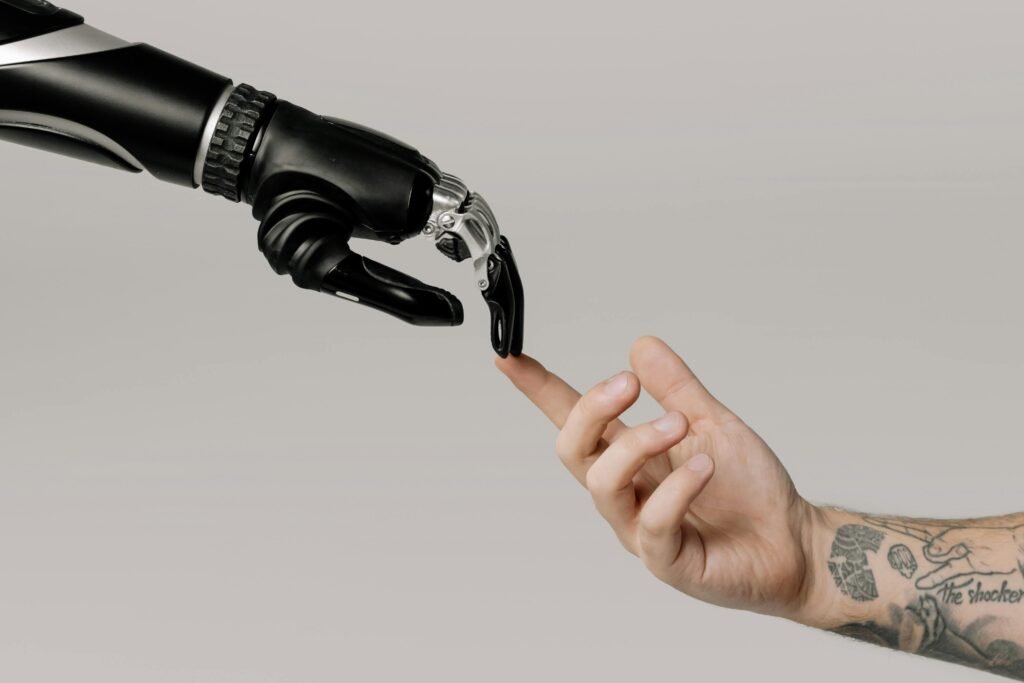
Examples of Generative AI in Action
Generative AI is already part of everyday life in ways you might not realize:
- Text Generation: Tools like ChatGPT can answer questions, write blog posts, and assist with creative writing.
- Image Creation: Models like DALL·E and Midjourney produce artwork and illustrations from text prompts.
- Music and Audio: AI composers can create original soundtracks or voiceovers in seconds.
- Video Production: Emerging AI tools can generate video content, animations, and deepfake-style edits.
- Code Writing: Developers use AI assistants to automatically write or debug code.
Benefits of Generative AI
Generative AI offers several advantages:
- Creativity at Scale: It can produce an unlimited number of unique outputs quickly.
- Cost Savings: Businesses can reduce production costs for content, design, and marketing materials.
- Personalization: AI can create tailored content for specific audiences.
- Accessibility: Individuals without technical or artistic skills can create professional-level work.
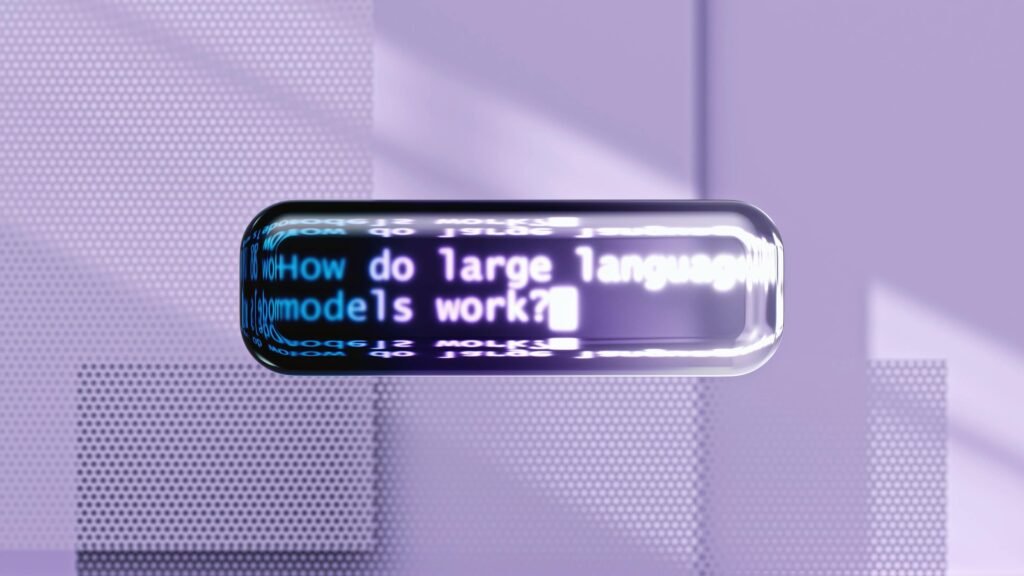
Challenges and Concerns
While powerful, generative AI also raises important questions:
- Misinformation: The ability to create realistic fake images or videos can be misused.
- Copyright Issues: AI-generated works may raise legal and ownership concerns.
- Bias and Ethics: If the training data is biased, the output may reflect that bias.
- Job Impact: Certain creative or technical jobs could be automated.
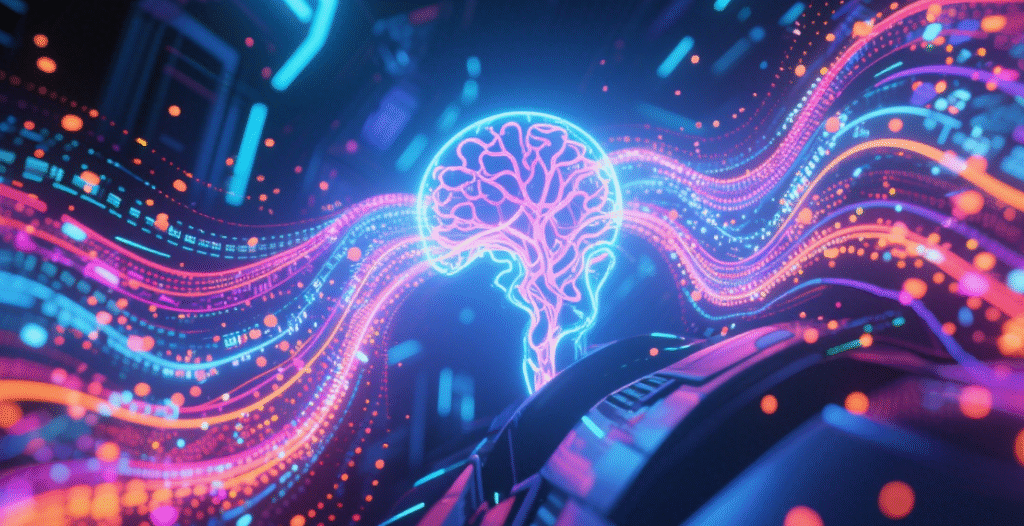
The Future of Generative AI
Generative AI is still evolving rapidly. As models become more advanced, we can expect higher quality, more interactive, and multi-modal outputs — meaning AI that can understand and combine text, images, audio, and video seamlessly. In the coming years, it will likely become an everyday tool in business, education, entertainment, and beyond.
Conclusion
So, what is generative AI? In short, it’s a form of artificial intelligence that creates new, original content by learning from existing data. With applications in art, writing, design, and countless other fields, generative AI is not just a technological trend — it’s a transformational force shaping the way we work, create, and communicate.


